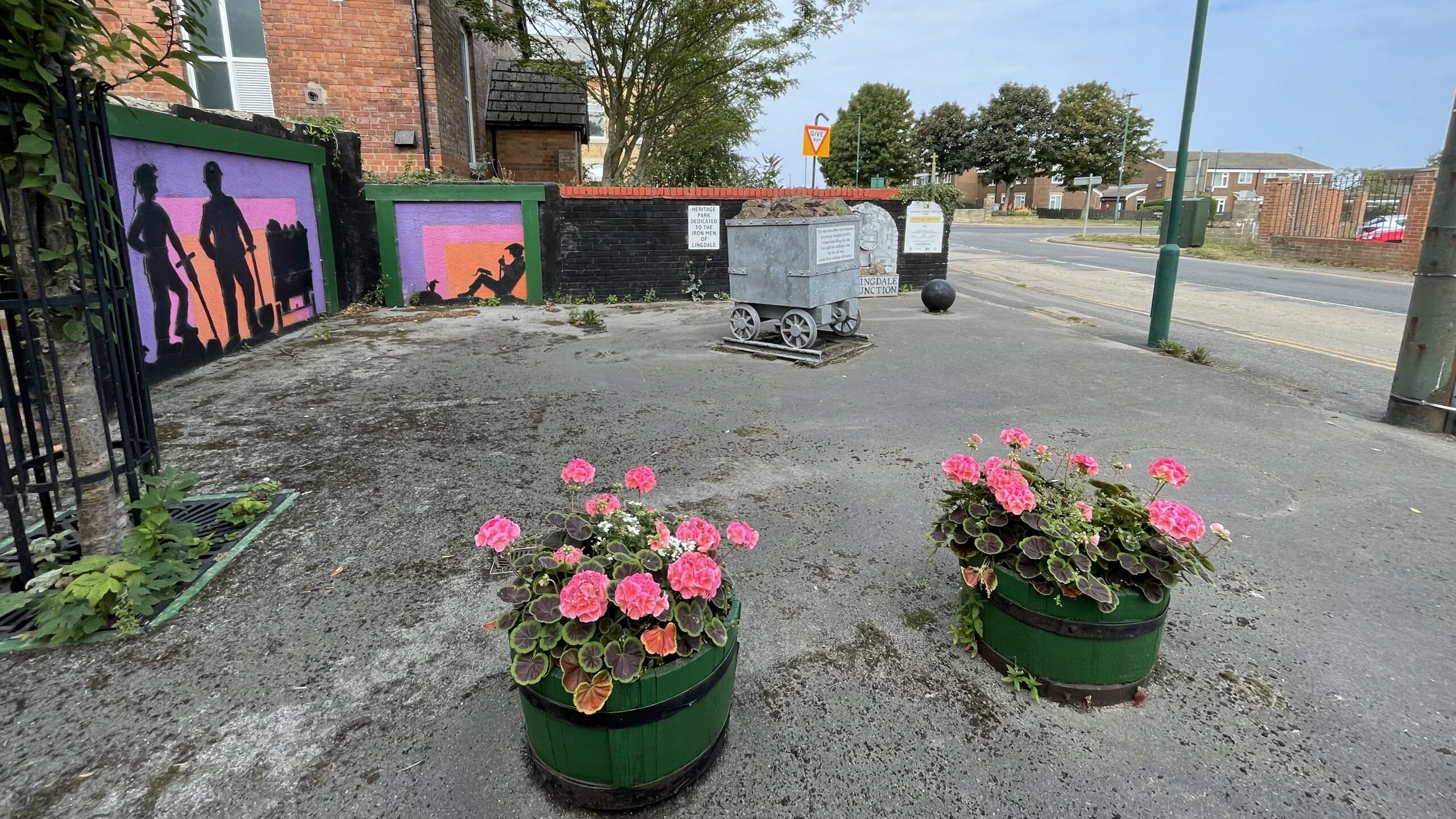On this day in 1953, Cleveland suffered its worst ironstone mining disaster. At Lingdale Mine, an explosion claimed the lives of eight men. The blast was sparked when the flame of an acetylene lamp ignited gas released by a rockfall deep underground1Lingdale Ironstone Mine. East Cleveland’s Industrial Heartland. https://east-clevelands-industrial-heartland.co.uk/lingdale-ironstone-mine/.
The morning shift had been underway when the fall occurred, 180 metres below the surface. Firedamp, or methane gas, seeped into the tunnel, and when it met the naked flame, the explosion sent fire racing in both directions. Fifteen miners were terribly burned; eight later died of their injuries. Though gas explosions were rare in Cleveland’s ironstone mines, this tragedy brought a swift change: safety lamps were made compulsory.
I had hoped to photograph some trace of Lingdale Mine itself, but what remains of the surface works lies locked behind the gates of an industrial park. In the village, however, stands a fitting memorial. It honours the men who laboured there from 1873 to 1962, and it remembers, with sombre clarity, those who lost their lives in the explosion of 1953.
- 1Lingdale Ironstone Mine. East Cleveland’s Industrial Heartland. https://east-clevelands-industrial-heartland.co.uk/lingdale-ironstone-mine/

Leave a Reply